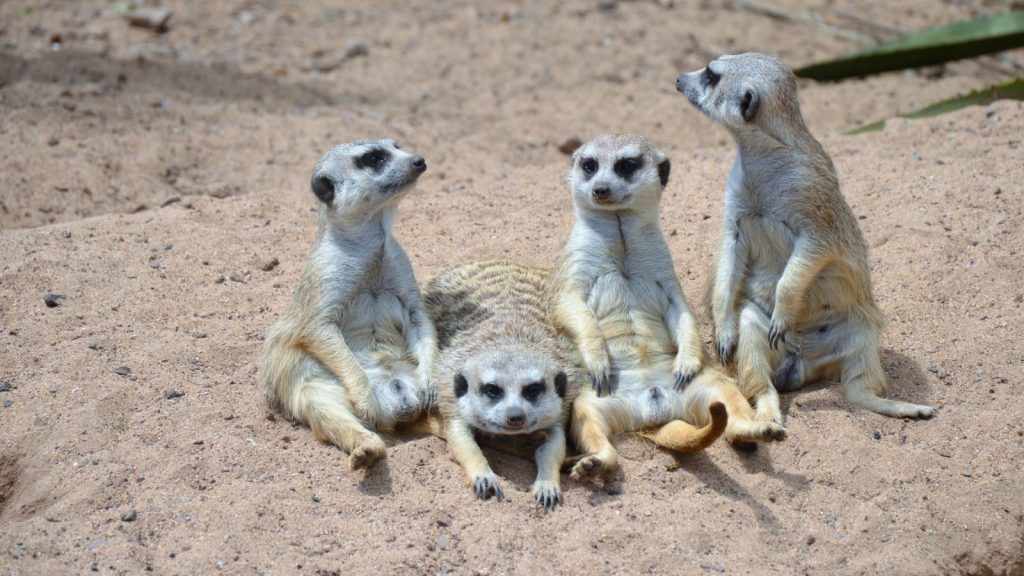The resilience of desert animals has always amazed me. How can they withstand such a barren place with such extreme temperatures? What is it about these animals that means they thrive in such a terribly inhospitable place that it would kill most of us pretty quickly? Desert animals have evolved remarkable adaptations to survive in some of the harshest environments on Earth. From unique ways of conserving water to brilliant methods of regulating body temperature, their survival strategies are impressive.
Camels Store Fat for Energy
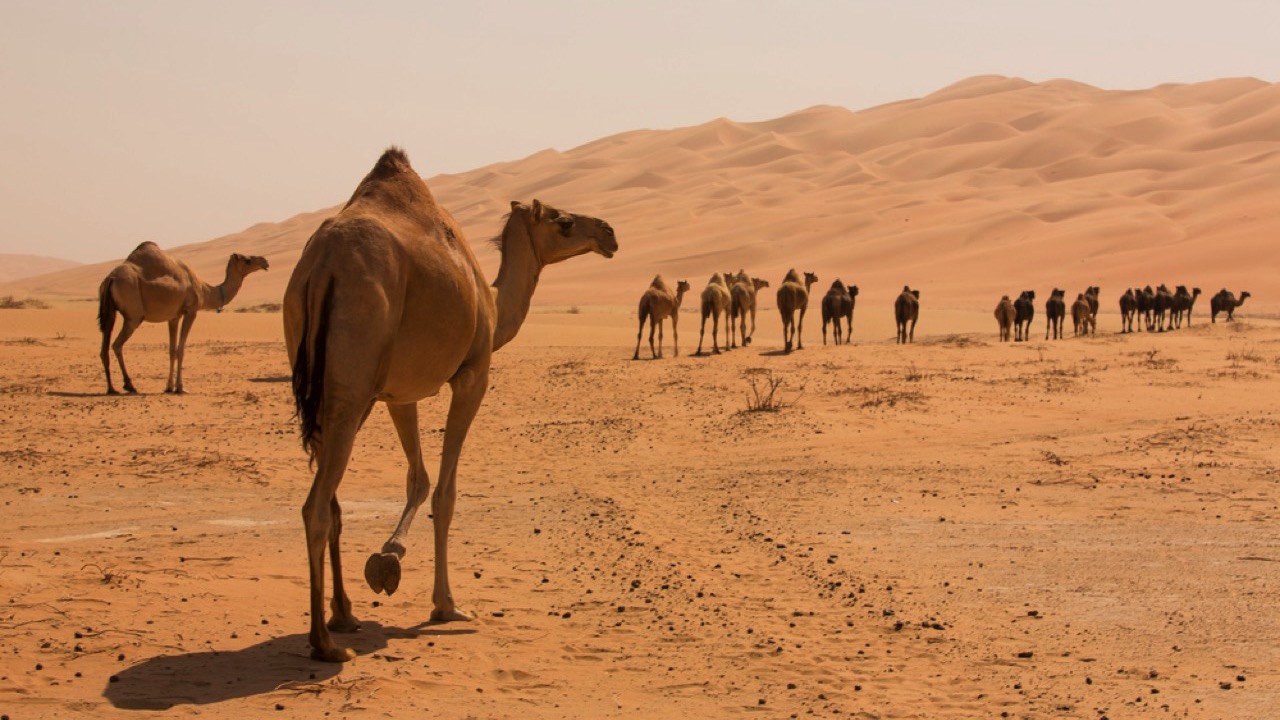
As kids, most of us think camels store water in their humps. But that’s a weird yet persistent little myth. Camels are the ultimate desert survivors, thanks to their ability to store fat in their humps. This fat serves as an energy reserve, allowing them to go for long periods without food or water. Camels aren’t the only animals that store fat for desert survival, but they are certainly the most well-known.
Fennec Foxes Have Oversized Ears
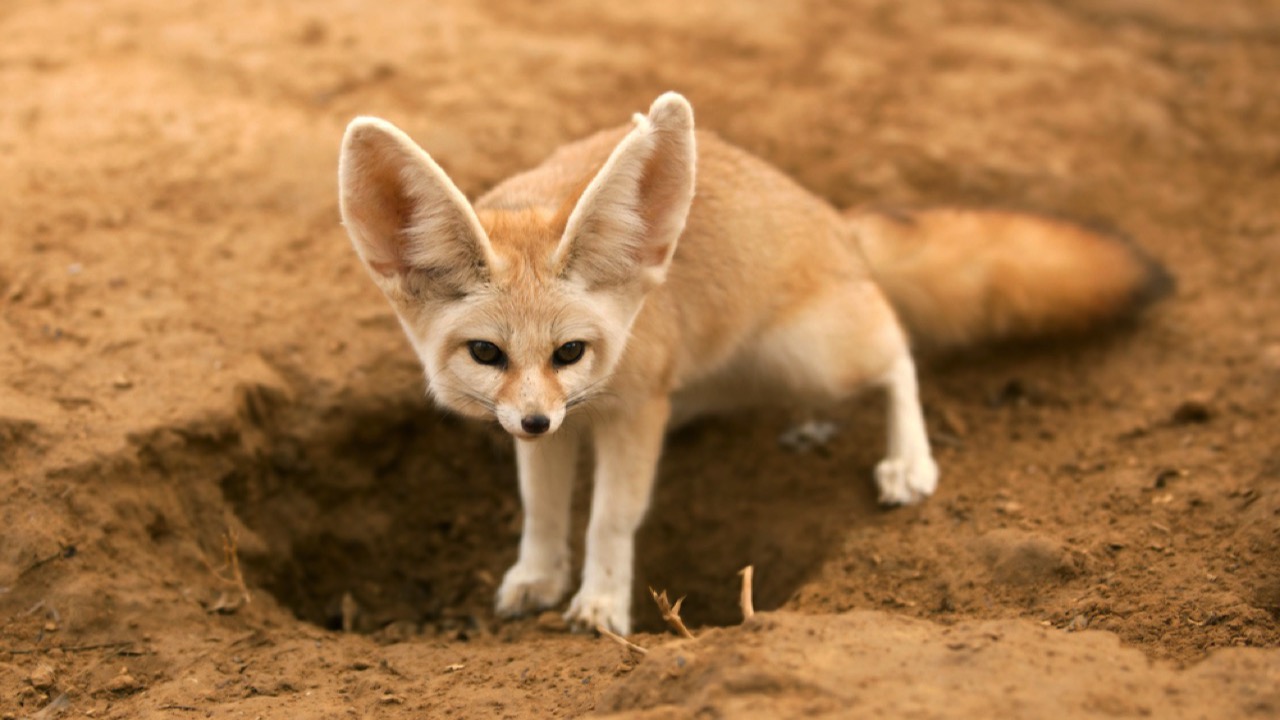
Fennec foxes, native to the Sahara Desert, have incredibly large ears that help them regulate their body temperature. These ears are filled with blood vessels that release heat, keeping the fox cool in the scorching desert sun. The ears also give them an enhanced sense of hearing, allowing them to detect prey scurrying beneath the sand. Fennec foxes are just one of many animals amazingly adapted to thrive in deserts.
African Bullfrogs Bury Themselves
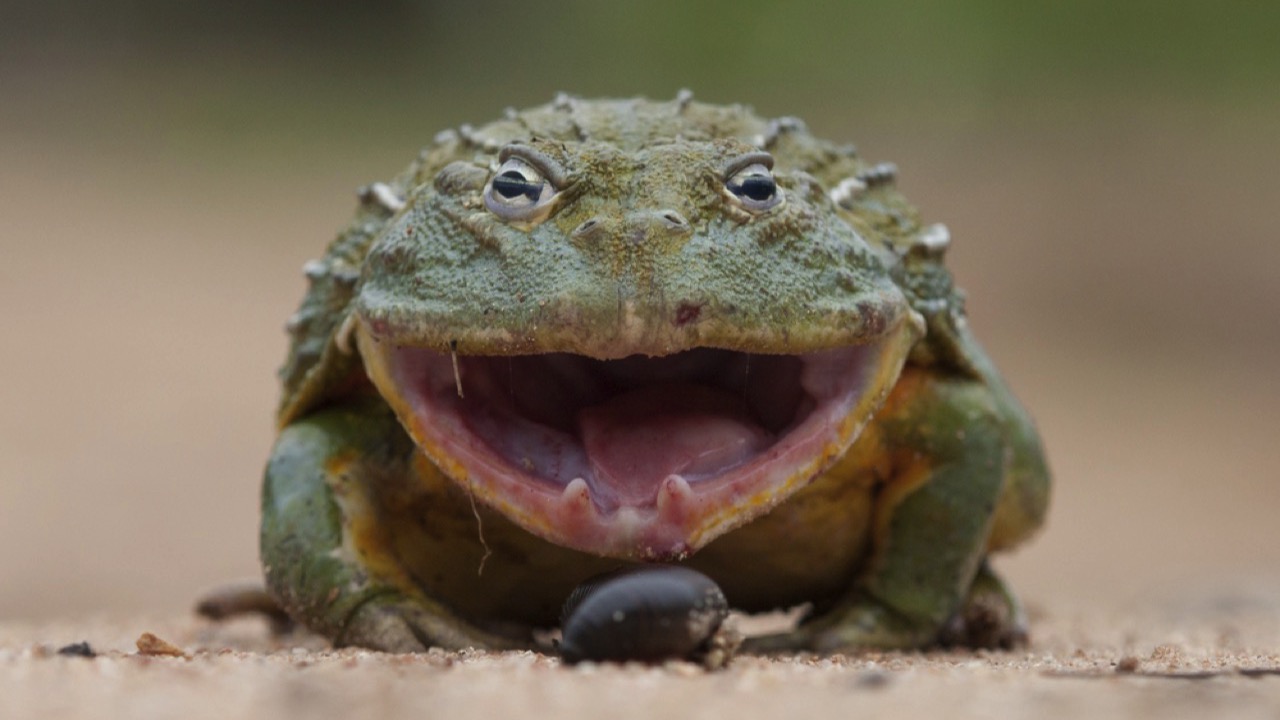
During dry periods, African bullfrogs bury themselves underground and enter a state of dormancy called estivation. They can survive for months without food or water by living off the fat stored in their bodies. When the rains return, they emerge from their burrows to feed and breed. This incredible adaptation allows them to thrive in regions with long, dry seasons.
Kangaroo Rats Don’t Need to Drink Water
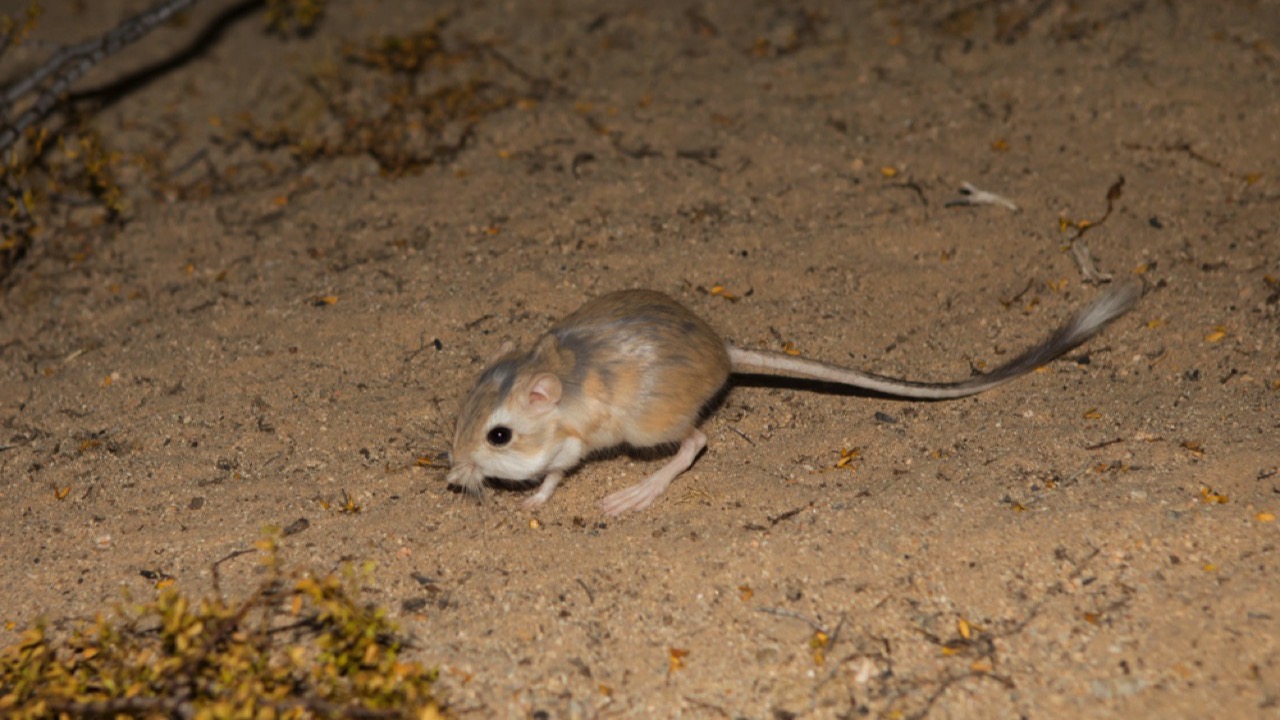
Kangaroo rats, found in the deserts of North America, have an incredible ability to survive without drinking water. They get all the moisture they need from the seeds and plants they eat. Their specialized kidneys concentrate urine to minimize water loss, and they even have special nasal passages that recycle moisture from exhaled air.
Desert Tortoises Dig Deep Burrows
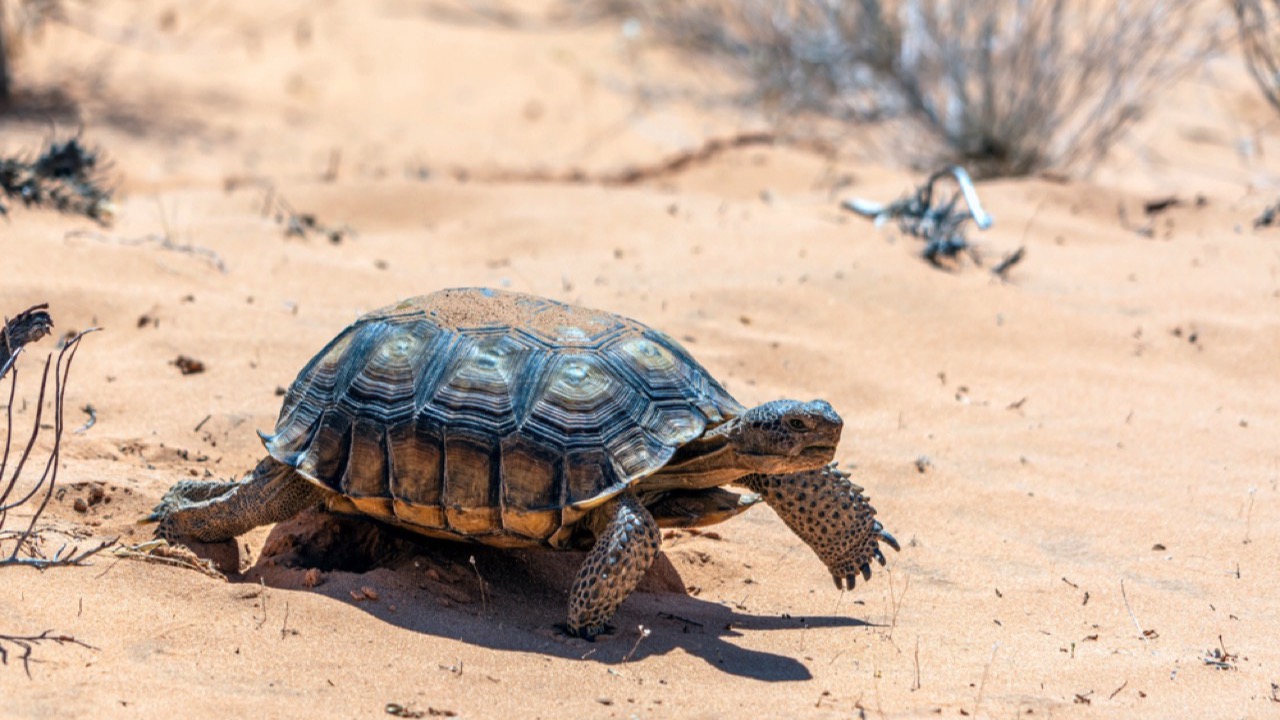
Desert tortoises, found in the Mojave and Sonoran deserts, dig deep burrows to escape the extreme heat and cold. These burrows can be up to 30 feet long and provide a stable temperature and humidity level. Desert tortoises are one of many desert animals with brilliant survival adaptations.
Thorny Devils Collect Water on Their Skin
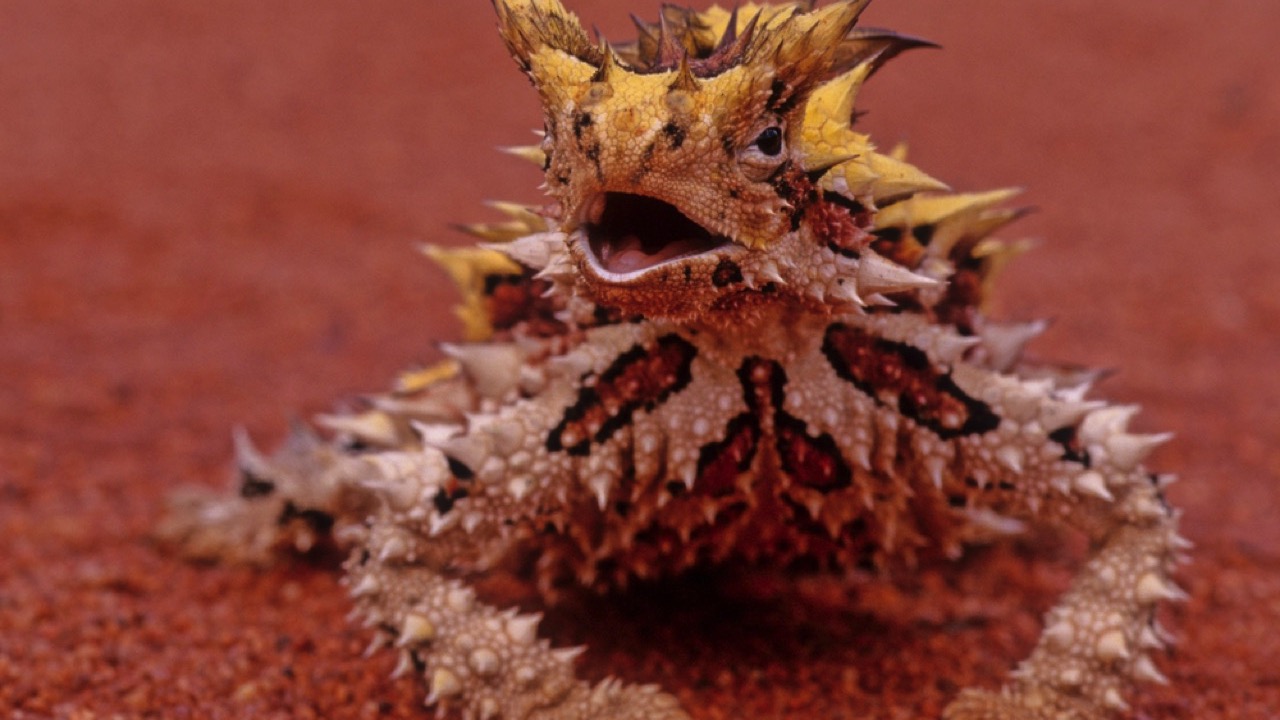
Thorny devils, native to the deserts of Australia, have a unique way of collecting water. Their skin is covered in tiny grooves that channel dew and moisture from any part of their body directly to their mouths. This adaptation allows them to drink water from any part of their body, even if they can’t find a water source to drink from directly.
Sand Cats Have Furry Feet
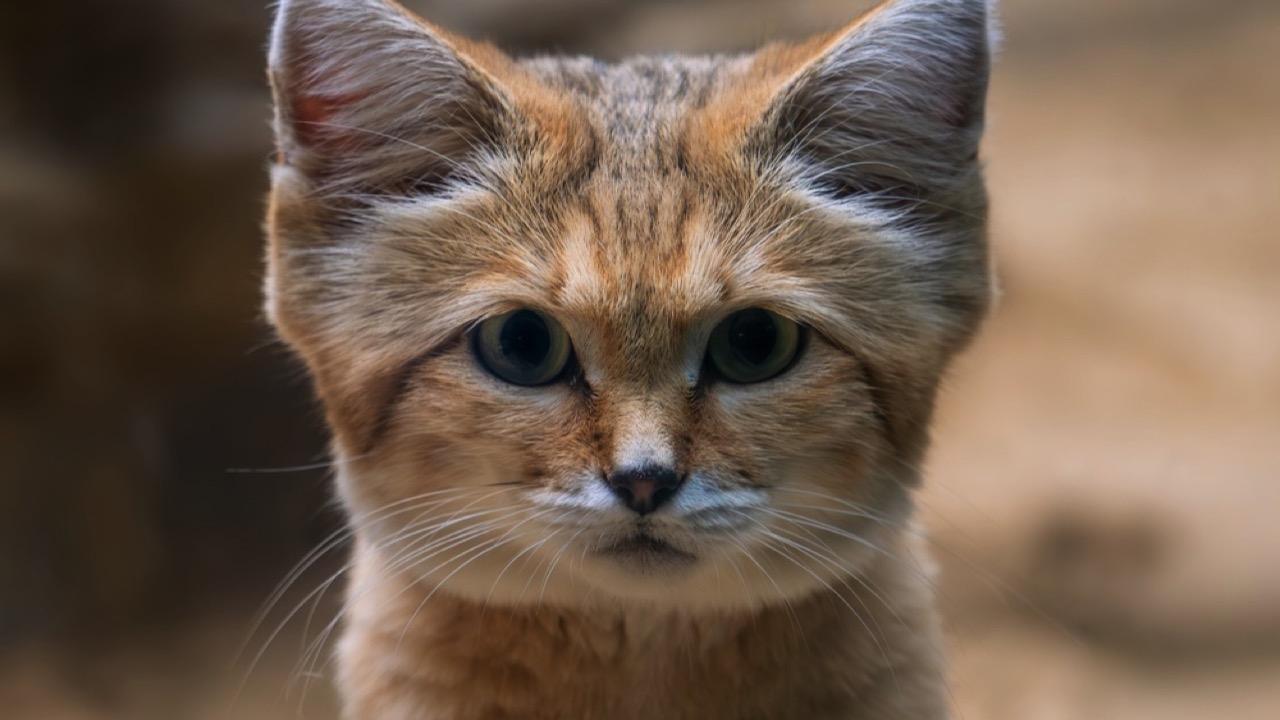
Sand cats, found in the deserts of North Africa and the Middle East, have furry feet that protect them from the hot sand. The fur on their feet also helps them walk on loose sand without sinking, much like snowshoes. Sand cats are just one example of the many fascinating ways desert animals have adapted to their environment.
Sandfish Swim Through Sand
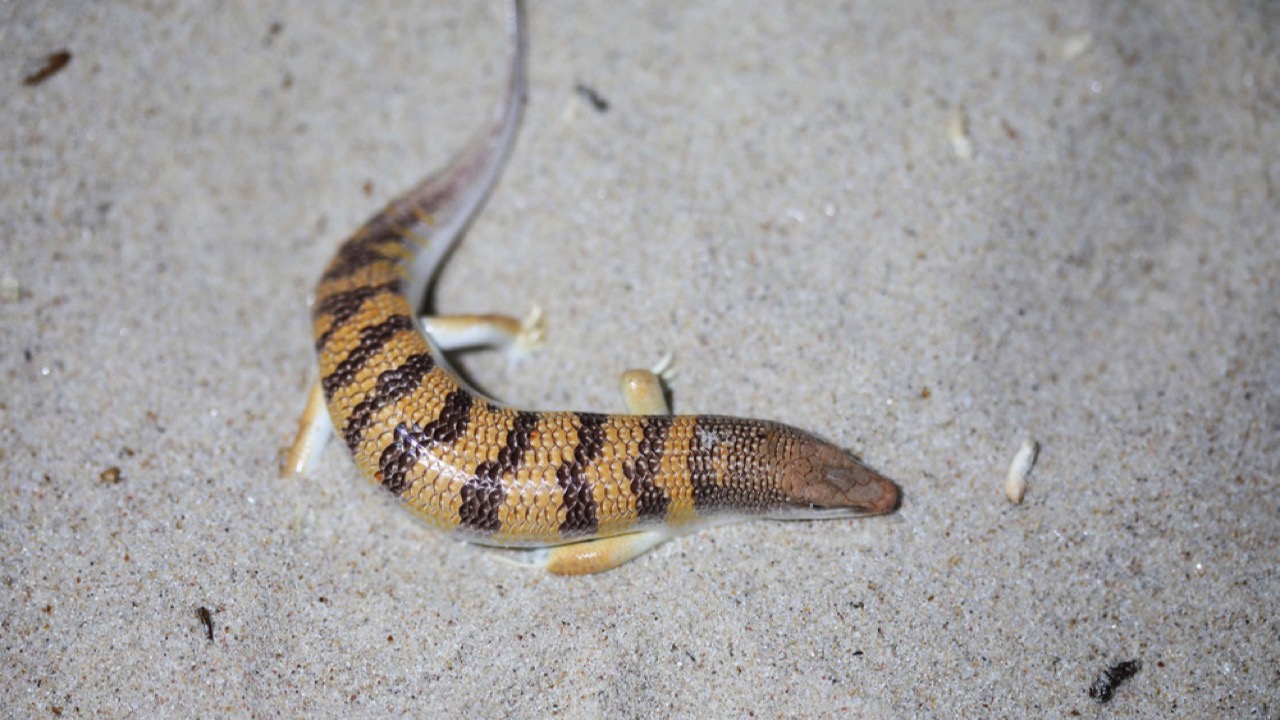
Sandfish, a type of skink found in the deserts of North Africa and the Middle East, can literally swim through sand. They use their smooth scales and streamlined bodies to “swim” beneath the surface of the sand, allowing them to escape predators and extreme temperatures. This unique adaptation has inspired researchers to develop new technologies for exploring and navigating sandy environments.
Brewer’s Sparrows Nest in Cactuses
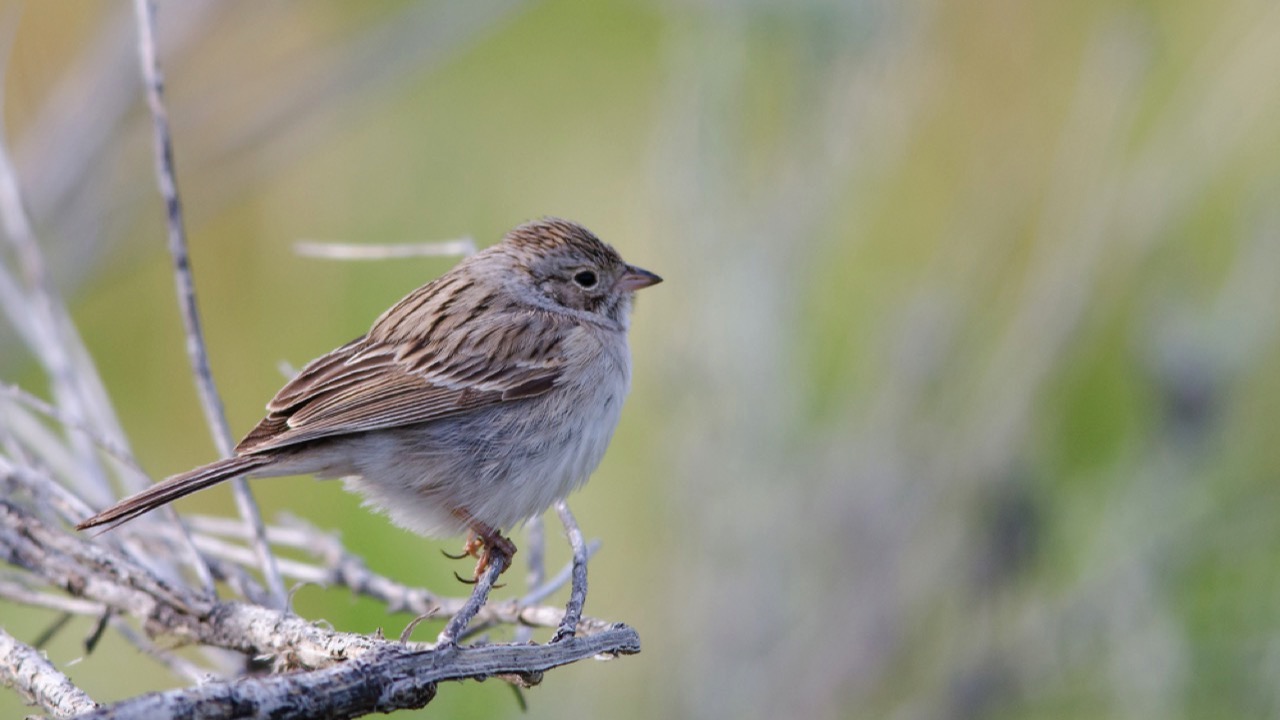
Brewer’s sparrows, found in the deserts of North America, often nest in cactuses to protect their young from predators and the harsh desert environment. The cactus spines provide a formidable barrier, and the shade helps keep the nest cool. This adaptation allows these small birds to thrive in a habitat where many other species struggle to survive.
Peregrine Falcons Control Their Body Temperature
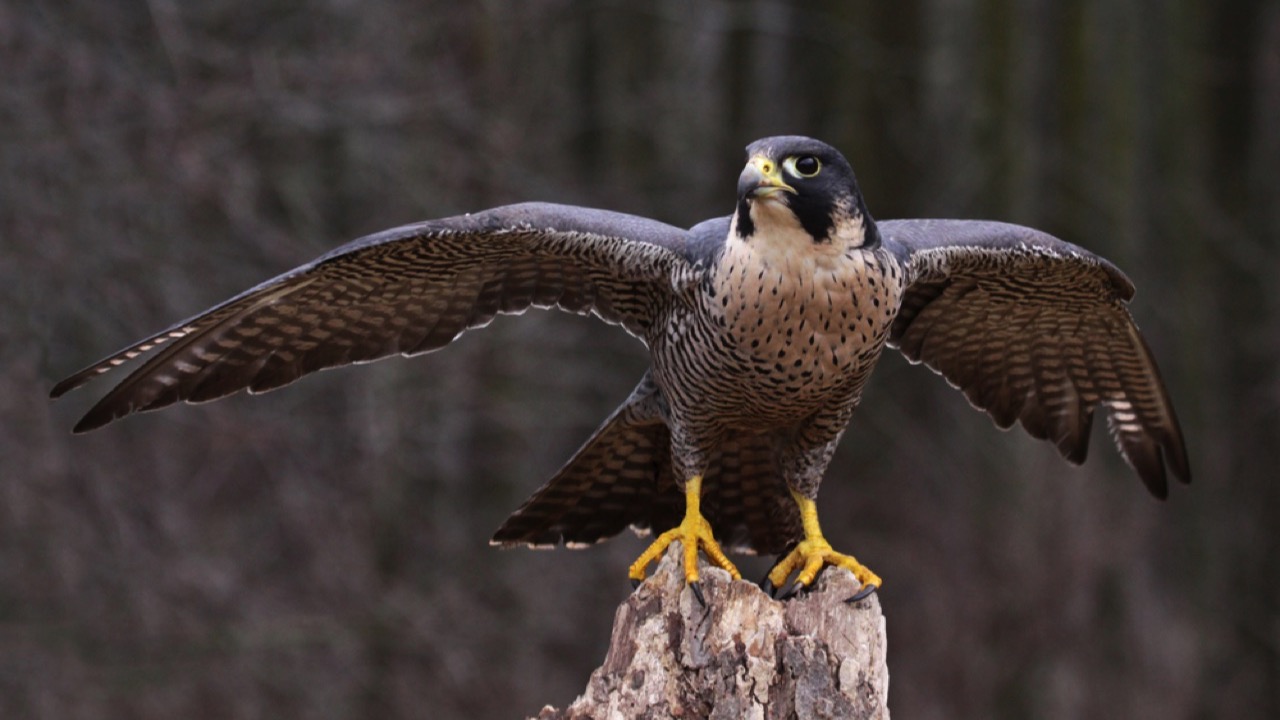
Peregrine falcons, found in deserts around the world, have a remarkable ability to control their body temperature. They can raise or lower their temperature by several degrees, depending on the ambient conditions. This adaptation allows them to hunt in the cooler morning and evening hours, and rest during the hottest part of the day.
Meerkats Have Dark Patches Around Their Eyes
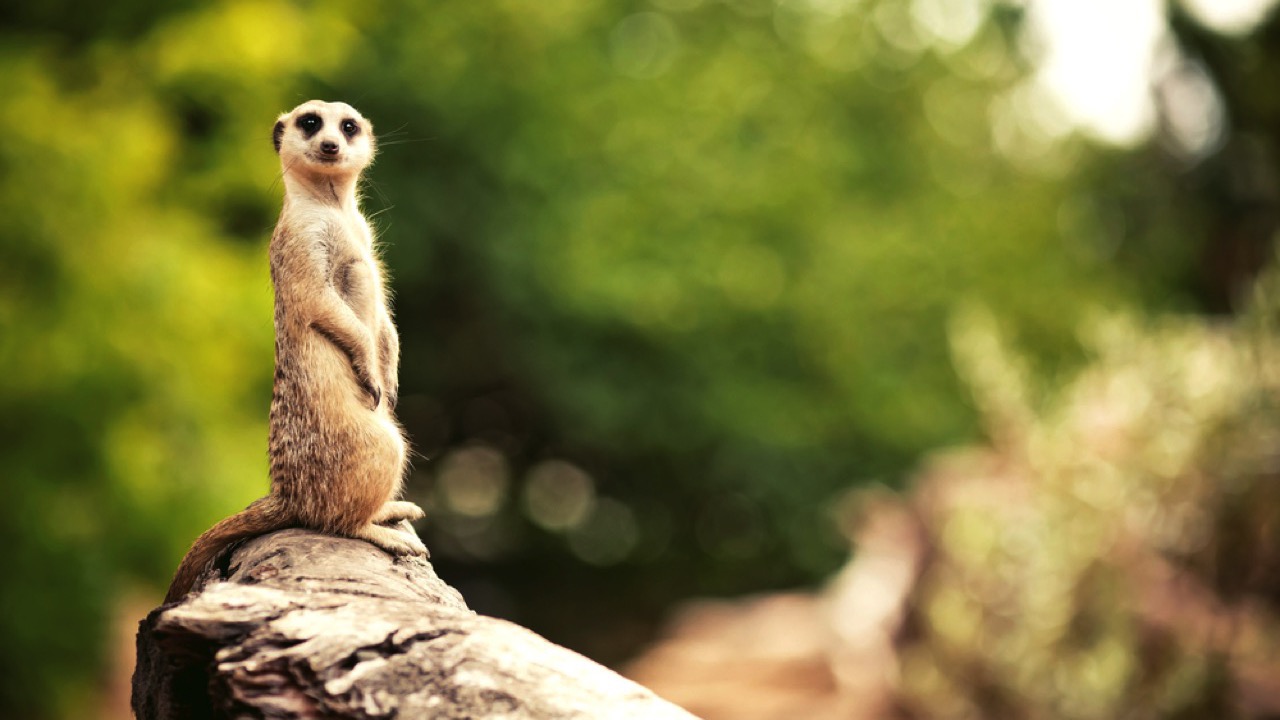
Meerkats, native to the Kalahari Desert in southern Africa, have dark patches around their eyes that help protect them from the sun’s glare. These patches act like natural sunglasses, reducing the amount of light that enters their eyes and allowing them to see clearly in the bright desert sun. This adaptation is crucial for spotting predators and prey in their open habitat.
Desert Locusts Change Color to Regulate Temperature
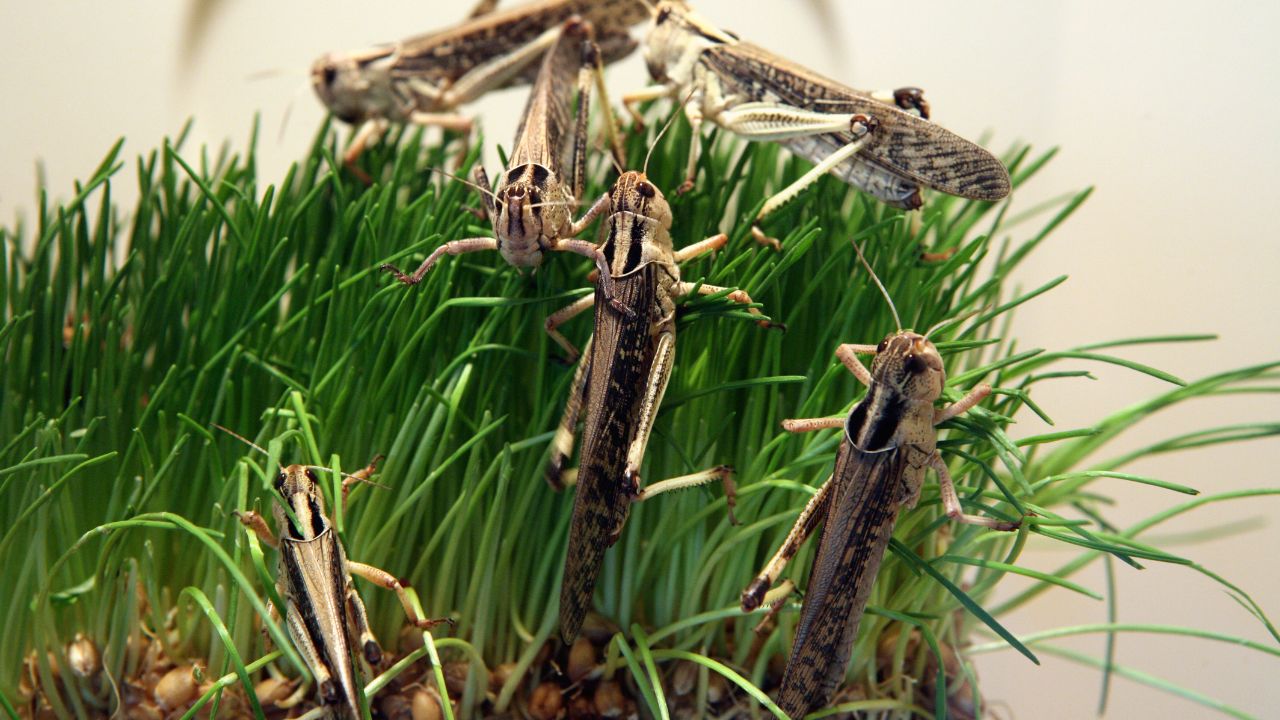
Desert locusts, found in the deserts of Africa and Asia, can change color to regulate their body temperature. In cooler weather, they are darker in color, allowing them to absorb more heat from the sun. In hotter weather, they turn lighter in color to reflect more sunlight and stay cool. This adaptation helps them survive in a wide range of desert temperatures.
Becky is a fervent wildlife enthusiast and pet care expert with a diploma in canine nutrition. Her love for animals stretches beyond the domestic, embracing the wild tapestry of global fauna. With over a decade of experience in animal welfare, Becky lends her expertise to OutlandishOwl through insightful articles, captivating wildlife information, and invaluable guidance on pet nutrition. Her work embodies a deep commitment to understanding the intricate lives of animals and a passion for educating others on sustaining natural habitats. Becky's hands-on conservation efforts and her knack for translating complex dietary science into practical pet feeding tips make her an indispensable voice for creatures great and small.

